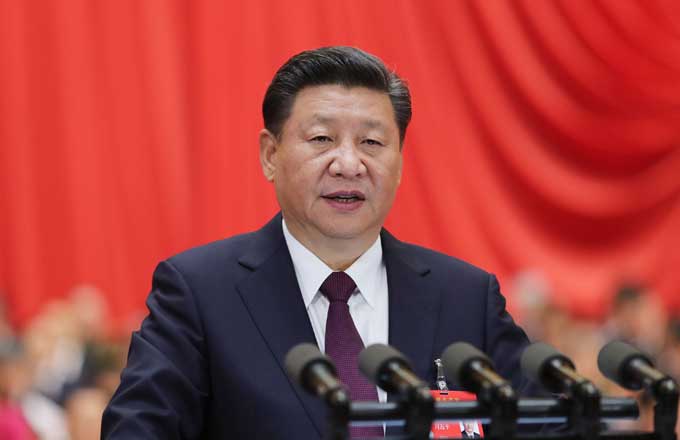43 percent of China's high school graduates admitted to colleges
BEIJING - Since the 18th Communist Party of China (CPC) National Congress in 2012, the CPC Central Committee has prioritized the development of education, continuously improving public service and governance in the area.
Today, nine-year compulsory education for primary and junior high schools is universally available across the country and senior high school education is almost universal.
The gross rate of admission to pre-school kindergartens has reached 77.4 percent and that for higher education has reached 42.7 percent.
As much as 91.5 percent of students at vocational schools are exempted from tuition fees; subsidies at these schools cover over 40 percent of students and scholarships cover over a quarter of them.
A total of 30 provinces now allow children of migrant workers to sit the college admission exams in places where their parents work, benefiting 150,000 students.
The CPC Central Committee has also decided to comprehensively deepen reform on education, including college recruitment, to improve equality and fairness.
Confidence and satisfaction among college students is strong. A survey completed in 2016 showed 92.7 percent of Chinese college students feel they have a clear idea about their future beyond graduation and 95.1 percent of the students said they feel prepared for their future.
This confidence is pushing more graduates into entrepreneurship. According to statistics from the Ministry of Education, in recent years, around three percent of Chinese university graduates have chosen to start their own businesses, almost double that of developed countries.
Vocational schools in China deliver almost 10 million technicians to various industries each year via integration or cooperation programs between schools and businesses.
In the past five years, almost 20 million students graudated from universities, injecting new talent to China's high-tech and emerging strategic industries.
By the end of 2016, China had established educational cooperation and exchange relationships with 188 countries and regions, as well as 46 major international organizations.
It has also signed agreements with 47 countries and regions for the mutual recognition of diplomas and degrees.
China is now the world's largest source of international students and Asia's largest destination for international students.






















